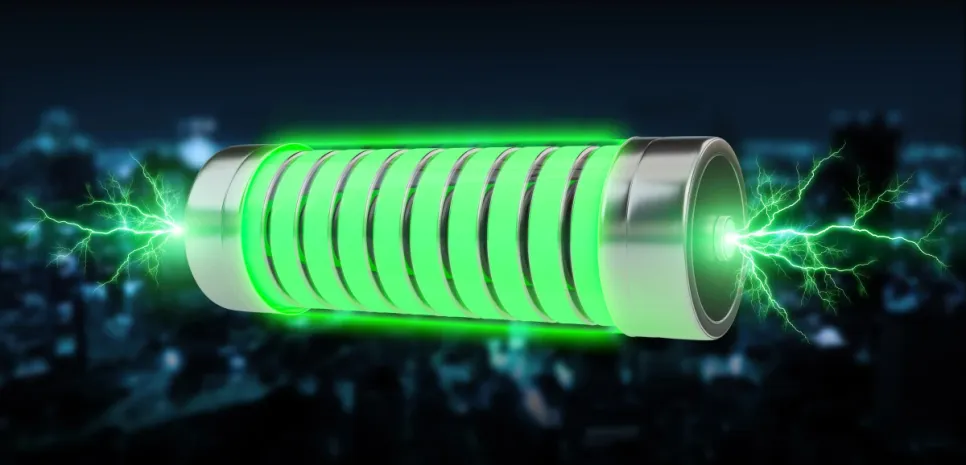Siemens Completed the Acquisition of ebm-papst’s Business
Siemens closed its acquisition of ebm-papst's Industrial Drive Technology (IDT) division.

The European Commission announced that six electric vehicle battery cell manufacturing projects will receive a total of €852 million in grants from the Innovation Fund, using revenues from the EU Emissions Trading System. These grants follow a first Battery Call under the Fund, launched in December 2024, aimed at accelerating the growth of and investment in the EU's battery manufacturing industry.
With these projects, and in line with the Industrial Action Plan for the European automobile sector and the Clean Industrial Deal, the EU is making concrete progress toward its decarbonisation goals, while boosting industrial competitiveness and creating high-quality jobs across Europe. The projects support innovation in the production of EV battery cells and the deployment of innovative and sustainable manufacturing techniques, processes, and technologies.
The selected projects represent strategic investments that will support Europe's transition to a clean, competitive, and resilient industrial base, reducing at the same time the dependence on imports and fostering the development of clean technologies and industrial leadership. The following six projects have been selected for funding: ACCEPT Automotive Cells Company European Production Take-off, located in France; AGATHE – Advanced Gigafactory Aiming at Tempering greenhouse gases Emissions, located in France; CF3_at_Scale – Scaling of innovative manufacturing processes for high-performance cells, located in Germany; NOVO One – NOVO One Gigafactory, located in Sweden; WGF2G – Willstatt GigaFactory 2 GWh, located in Germany; and 46inEU – Powering the Future - 46 Cylinders, Infinite Possibilities in Europe, located in Poland.
All projects are expected to begin operations before 2030. They will receive support that covers both their capital and operational expenditure, and which will be disbursed upon meeting the project's milestones. Part of the disbursement can happen before entry into operation to support the investment phase of the project. Over the first 10 years of operation, they are projected to reduce greenhouse gas emissions by approximately 91 million tonnes of CO2 equivalent. Upon completion, these projects will have a combined manufacturing capacity of around 56 GWh of EV battery cells per year.
Successful applicants are expected to sign their respective grant agreements with the European Climate, Infrastructure and Environment Executive Agency (CINEA) in the third quarter of 2025. Beyond the six projects selected for funding, other promising but insufficiently mature projects can receive project development assistance from the European Investment Bank.